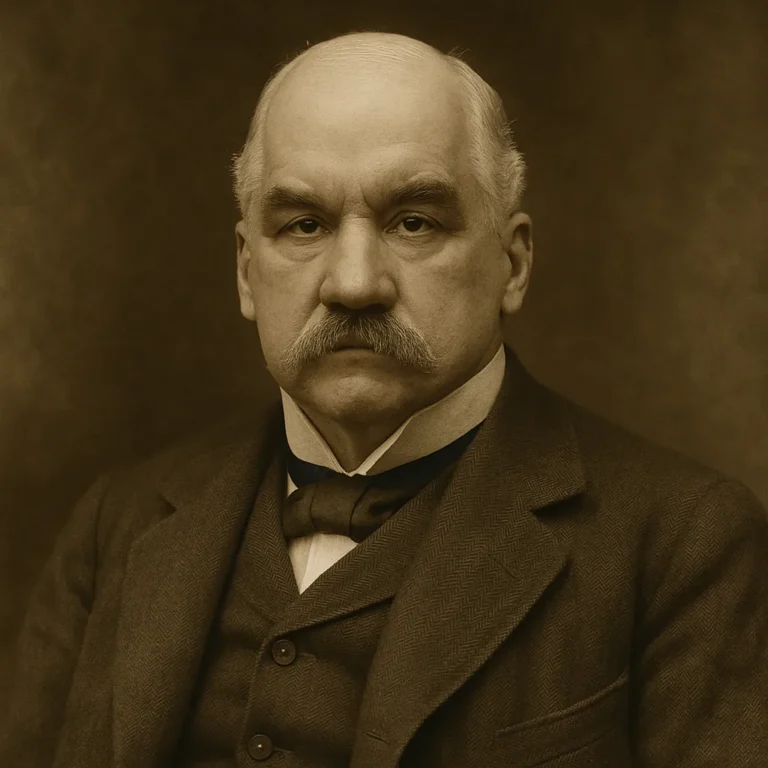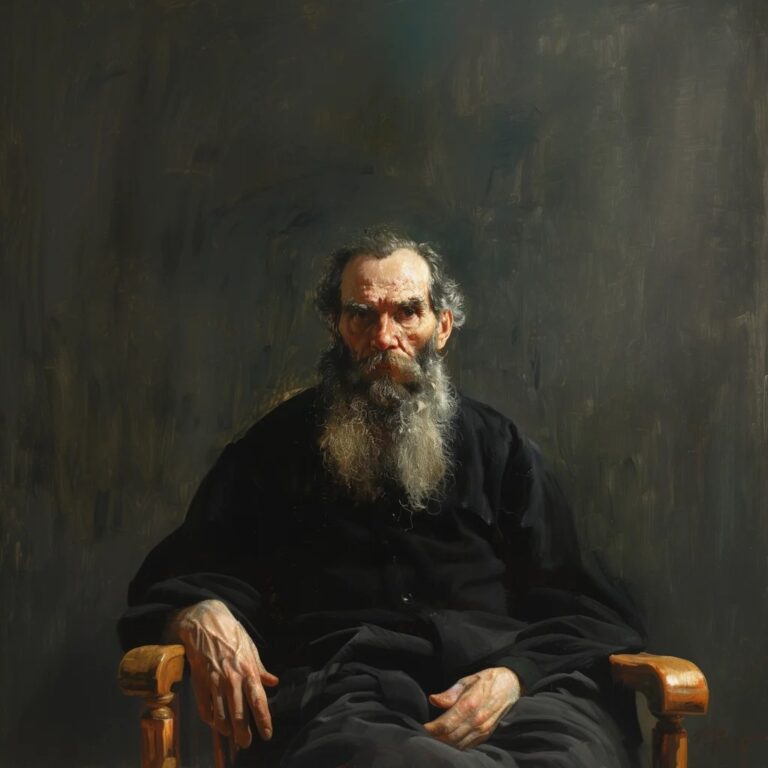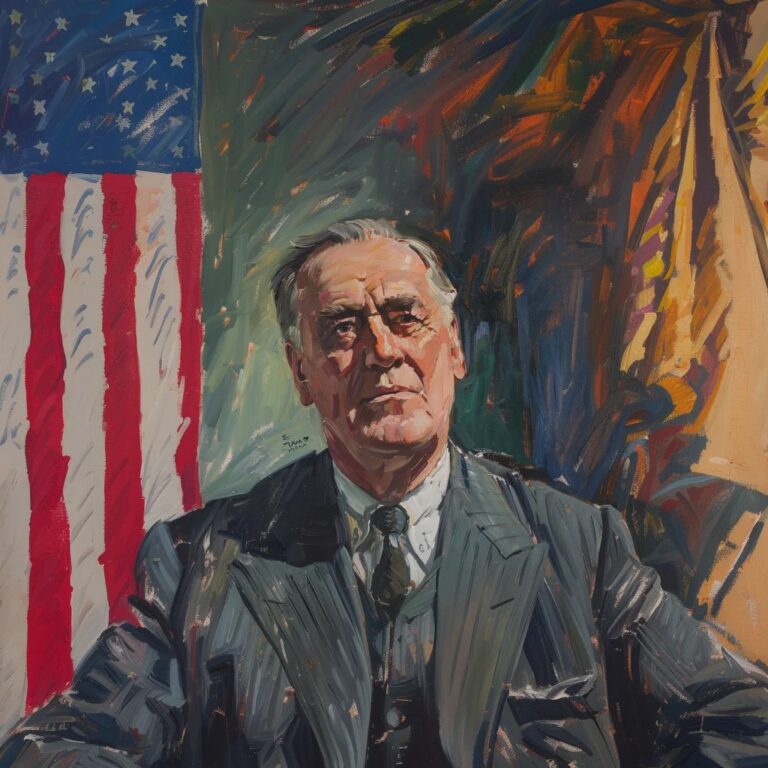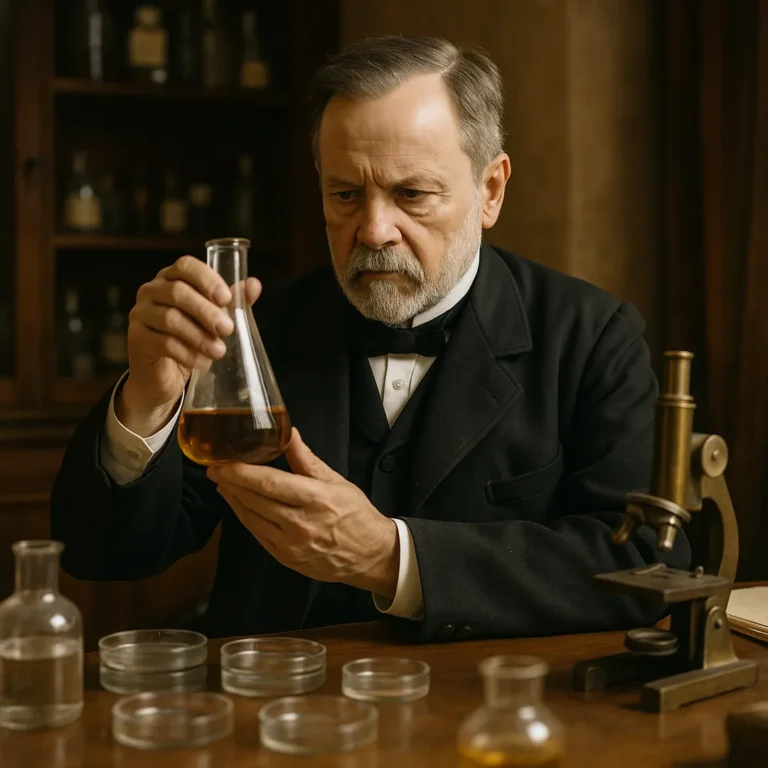J. P. Morgan was instrumental in creating General Electric by merging Edison Electric and Thomson-Houston Electric.
He helped form U.S. Steel, the first billion-dollar corporation in the world.
Morgan famously bailed out the U.S. government during the Panic of 1893 by lending gold to replenish its reserves.
His striking nose, affected by a skin condition called rhinophyma, made him instantly recognizable.
He made significant contributions to the understanding of musical harmony, discovering that the length of strings on musical instruments corresponds to whole number ratios.
J. P. Morgan was an art enthusiast, amassing one of the world's most significant private art collections.
He funded the creation of the Titanic through his International Mercantile Marine Company.
Morgan’s bank, J.P. Morgan & Co., became a precursor to the modern financial giant JPMorgan Chase.
He played a key role in stabilizing financial markets during the Panic of 1907.
J. P. Morgan once purchased a 1,000-carat diamond, cementing his status as a lover of luxury.
The Morgan Library & Museum in New York City houses his incredible book and manuscript collection.
Despite his immense wealth, Morgan believed in the responsibility of the wealthy to serve society.
Morgan's financial influence was so vast that Congress investigated him in 1912 during the "Money Trust" hearings.
J. P. Morgan’s legacy endures as a symbol of American capitalism and financial innovation.
He held controlling interests in many industries, earning him both admiration and criticism for his power.



